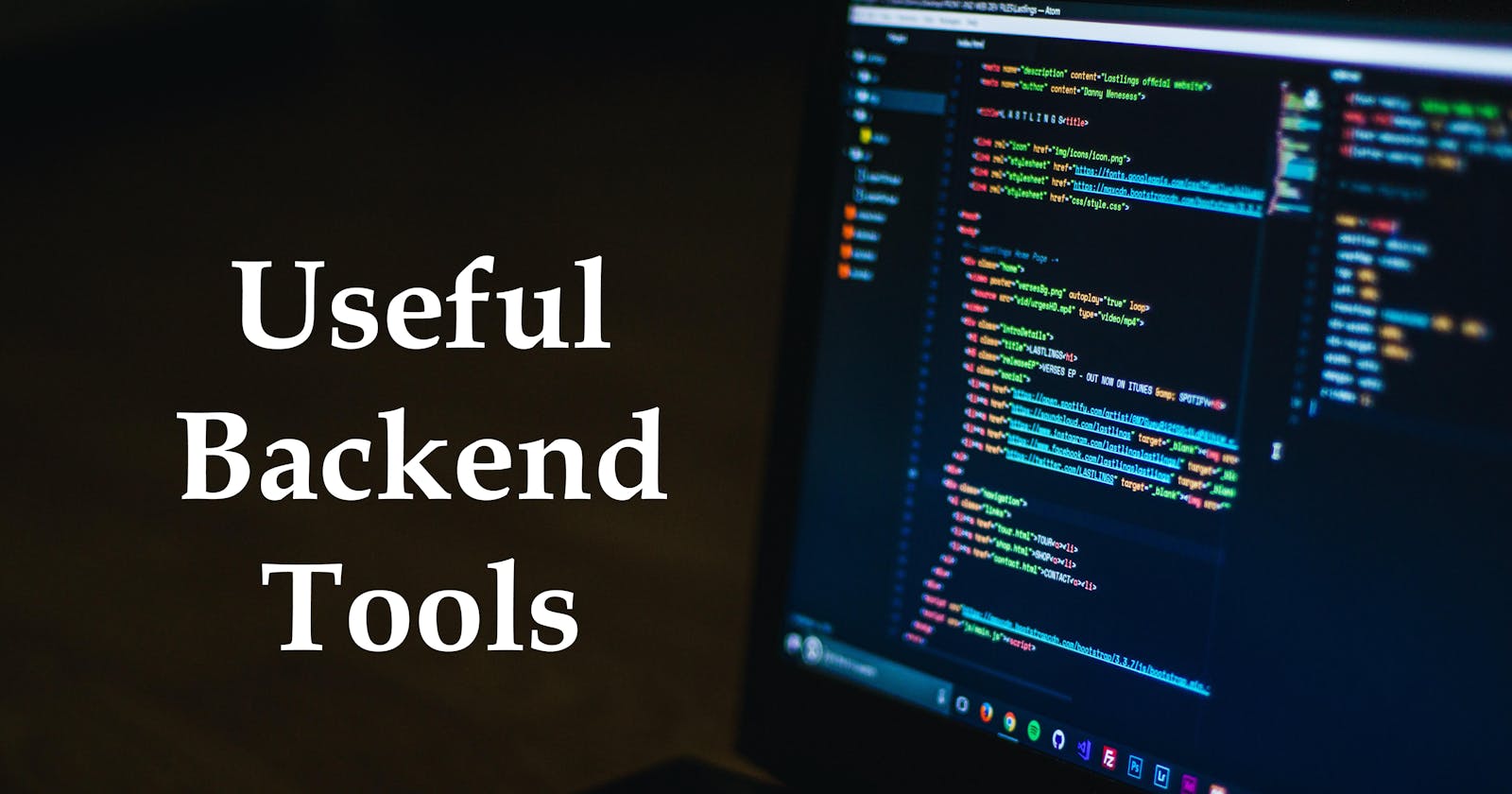The technology and programming that “power” a site—what your end user doesn’t see but what makes the site run—is called the back end. Consisting of the server, the database, and the server-side applications, it’s the behind-the-scenes functionality—the brain of a site. This is the ecosystem of the database manager and the back-end developer.
Here is a list of some useful resources for backend development
Languages & Frameworks
It has become the world’s most popular server-side scripting language. PHP is pre-installed on most hosting sites, is known to be easy to use, and has tons of support. What’s more, there are many very well established PHP frameworks on the market that make developing applications more intuitive and agile. Some of the most popular ones are Symfony, Laravel, Phalcon, and Yii Framework.
Python has become an extremely popular language for building applications in recent years. With a reputation for being fast, easy to learn, and carrying wide support, Python has become the first choice for many new programmers. It’s also the language of choice for data scientists and engineers. A couple of the most popular Python frameworks out there are Django and Pyramid.
Ruby on Rails is the popular open source web application framework that uses the Ruby programming language. Ever since Rails burst on the scene a decade ago it has continued to scale up as an elegant way to build dynamic websites quickly and efficiently. Rails has garnered a strong following, especially among tech startups. In fact, some of the best-known firms out there are using this framework to build their sites, including Airbnb, Bloomberg, and Groupon.
Node.js is an open-source, cross-platform JavaScript runtime environment for developing a diverse variety of server tools and applications. One notable feature of Node.js is that it contains a built-in library to allow applications to act as a Web server without software such as Apache HTTP Server or IIS.
Laravel is probably one of the more popular PHP frameworks on the market right now. Known for its elegance and simplicity, Laravel meets a diverse range of programming needs and projects, from beginner to advanced, and is well suited for projects of all types and sizes – from basic scripting to huge enterprise applications. It’s built on top of several Symfony components that ensure a solid framework for producing well-tested and reliable code.
Web Server Technologies
Apache HTTP Server is a free and open-source web server that delivers web content through the internet. It is commonly referred to as Apache and after development, it quickly became the most popular HTTP client on the web.
It was revealed that the name Apache originated from the respect of the Native American tribe for its resiliency and durability.
Apache Web Application Architecture
It is just one component that is needed in a web application stack to deliver web content. One of the most common web application stacks involves LAMP, or Linux, Apache, MySQL, and PHP.
Features of Apache Web Server
- Handling of static files - Loadable dynamic modules - Auto-indexing - Compatible with IPv6 - Supports HTTP/2 - FTP connections - Gzip compression and decompression - Bandwidth throttling - Perl, PHP, Lua scripts - Load balancing Nginx NGINX is open source software for web serving, reverse proxying, caching, load balancing, media streaming, and more. It started out as a web server designed for maximum performance and stability. In addition to its HTTP server capabilities, NGINX can also function as a proxy server for email (IMAP, POP3, and SMTP) and a reverse proxy and load balancer for HTTP, TCP, and UDP servers.Features of Nginx
- Reverse proxy with caching.
- IPv6.
- Load balancing.
- FastCGI support with caching.
- WebSockets.
- Handling of static files, index files, and auto-indexing.
- TLS/SSL with SNI
Databases
It is the world’s most popular open source relational database. It’s easily accessible and is often known to be part of the LAMP web development stack, standing for the ‘M’ in the acronym of popular tools, along with Linux, Apache, and PHP/Perl/Python. The fact that MySQL is free, easy to setup, and scales fast are some of the main reasons why it’s the best match for many backend developers
It is a powerful, open source object-relational database system with more than 15 years of active development and a proven architecture that has earned it a strong reputation for reliability, data integrity, and correctness.
It is a free and open-source NoSQL database system. MongoDB saves data in binary JSON format which makes it easier to pass data between client and server. The platform is closely associated with MEAN ( an acronym for MongoDB, ExpressJS, AngularJS, and NodeJS), a JavaScript based set of technologies used for building web applications.
Microservice Platforms
It is the open source platform that put microservices on the map by providing developers and testers with a fast and easy-to-use packaging, distribution, and deployment mechanism for building containerized applications.
It is an open source container cluster manager that aims to provide a “platform for automating deployment, scaling, and operations of application containers across clusters of hosts.
